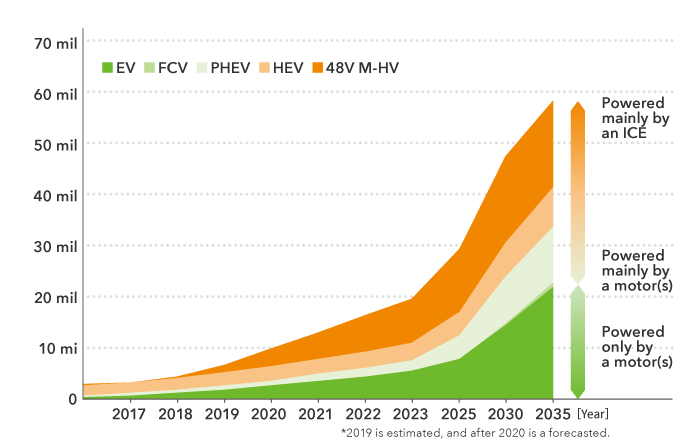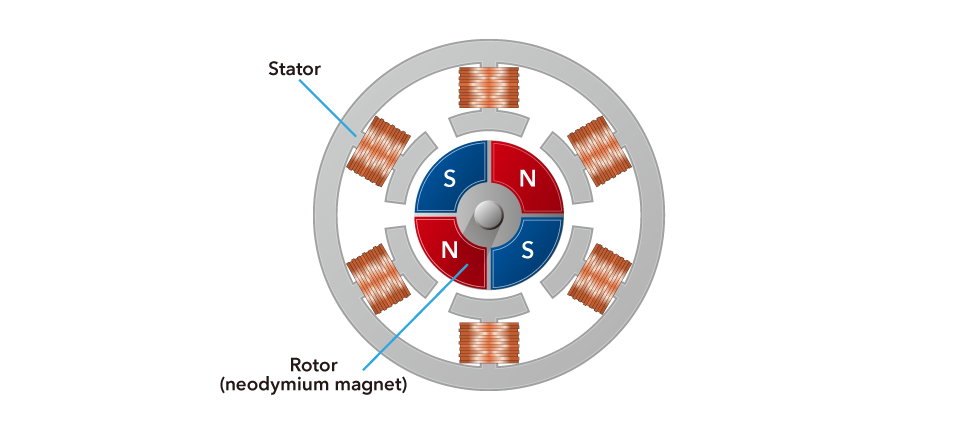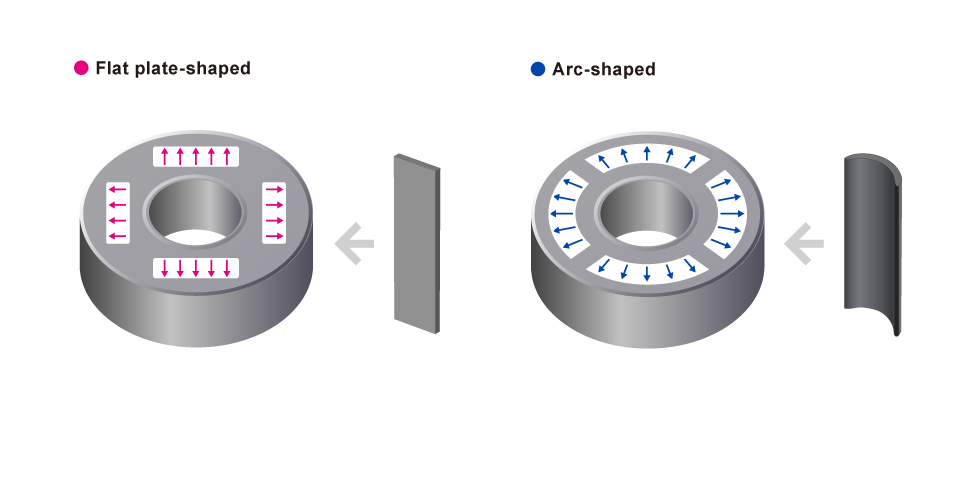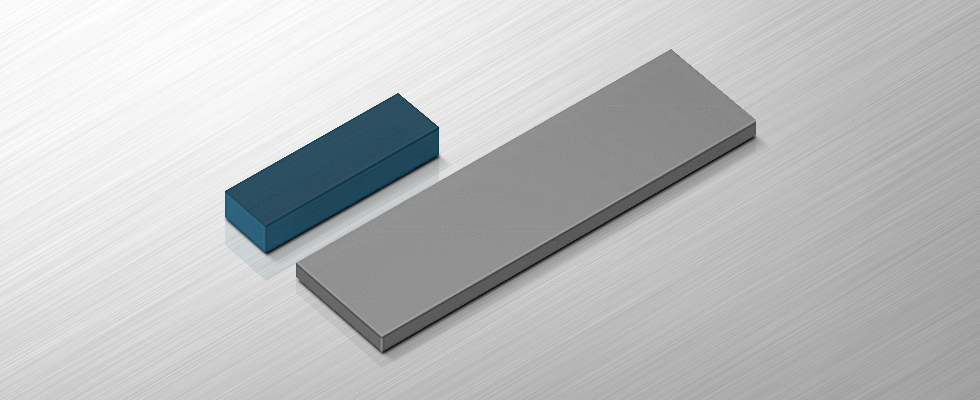Magnet solutions that improve the efficiency of drive motors for EVs
Technical challenges in use of EV drive motors
The electrification of cars is progressing steadily all over the world. Especially in Europe and India, “EV shift” efforts have been made with specific deadlines to phase out the sale of ICE (internal combustion engine)-driven vehicles. This global EV trend is expected to accelerate further across the globe.
Market forecast for motor-powered cars

Source: Fuji Keizai Co., Ltd. 2019 In-depth Analysis Survey of HEV- and EV-related Markets
There is a clear difference between EVs , HEVs and PHEVs. While EVs are mainly powered only by motors, HEVs (hybrid vehicles) are driven by both motors and internal combustion engines, PHEVs (plug-in hybrid vehicles) are the advanced versions of HEVs, which can run on ICEs, in case of need, when their motor malfunctions. Moreover, they offer the choice of using the motor and ICE according to the driving situation, allowing to perform optimal energy-saving driving.
On the other hand, EVs have only the motor to rely on as the driving source. EV drive motors are required to run efficiently and with less power in all sorts of driving scenarios, including traffic jams requiring frequent stops and starts, off-road driving on steep mountain roads and bumpy roads, driving on highways, and driving with different numbers of passengers and luggage. Furthermore, the miniaturization and weight reduction of the motor itself is a must, given that these requirements will further improve efficiency. The important factor here is the evolution of magnets, which are components that affect motor performance.
Motor solutions applying high-powered magnets and magnet control technologies
EV drive motors require an extremely strong magnetic energy, and hence the most powerful permanent magnet, the neodymium magnet*1, is used. Of these magnets, TDK's Neodymium Magnets (NEOREC Series) have achieved one of the world's highest level of coercive force*2.
The powerful magnets provide a large rotational force to the motor, thereby contributing to its further miniaturization, lighter weight, and higher efficiency compared to those using conventional neodymium magnets.
The further reduction of the size and weight, and improvement of efficiency of EV drive motors would require to changing the motor shape and internal structure to more complex and diverse designs. This means that the neodymium magnets used would need to be more powerful and of a different shape, while providing magnetic field orientations for generating magnetic force more efficiently.
TDK has developed a technology that accurately creates various neodymium magnet shapes, and an orientation control technology*3 that can change the magnetic field freely. Optimizing the magnet according to the conditions/environment in use, these technologies have made it possible to provide optimum neodymium magnet solutions for a diverse range of motor designs.
TDK has also developed a technique that minimizes the necessity of heavy rare-earth elements*4 in neodymium magnets, such as dysprosium (Dy) and terbium (Tb), which are difficult to procure. In 2012, the company released the industry’s first neodymium magnet that contains no Dy. Through these efforts, TDK aims to continue meeting motor design needs as well as to support the stable production of EVs by reducing supply-chain risk in magnet procurement.
TDK”s Magnet solutions meet new development requirements for EV drive motors and support EV driving with zero CO2 emissions.
Terminology
- Neodymium magnet: Magnet composed mainly of neodymium, iron, and boron. Considered the most powerful of permanent magnets.
- Coercive force: Measure of resistance to weakening of the magnetic force during the use of magnets. Expressed by the force required to return the magnetized material to the unmagnetized state. As the unit of measure, the oersted (Oe) is used in centimeter–gram–second (CGS) system and ampere/meter (A/m) in International System of Units (SI).
- Orientation control: Processing to align the magnetic field in a specific direction.
- Heavy rare earth elements: Out of 17 rare earth elements, these are particularly rare and difficult to procure stably.




